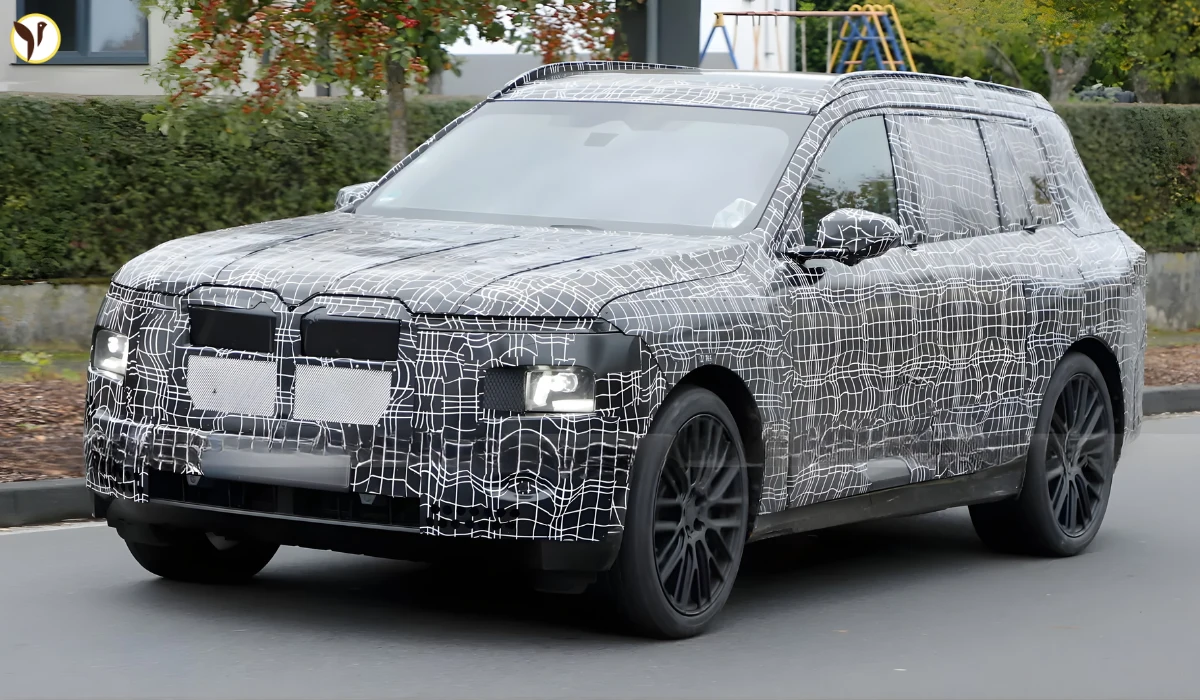After years of selling electric, General Motors is turning heads by going back to the future—gasoline. With a hefty $4 billion investment into U.S. manufacturing, GM is realigning its production aims to bring more gas-powered trucks and SUVs to American highways. Why the pivot? It all comes down to what buyers want today—and all-electric isn't that right now. Let's see what is changing, where the money is headed, and why it matters.
GM's Huge Shift Back to Gas
Electric vehicles were the future—but it seems the future is taking all it's time getting here. GM is repositioning to re-lean into gas-powered vehicles, especially full-size SUVs and trucks. That does not mean EVs are being thrown away totally, but GM clearly sees the proverbial pen writing on the wall: Americans still love their gasoline rides. And, more importantly, rather than build more EVs that sit in the showroom, GM is putting the money and resources into the vehicles people are actually buying.

Where the Investment Is Going
GM's new $4 billion plan will modernize three of its U.S. plants:
- Orion Assembly (Michigan): Initially intended to produce electric pickups, the factory will produce full-size gas-powered SUVs and light-duty trucks.
- Fairfax Plant (Kansas): Will expand into gas-powered Chevrolet Equinox territory while still producing EVs.
- Spring Hill (Tennessee): This factory will assemble the gas-powered Chevy Blazer starting in 2027, while still producing Cadillac EVs.
This isn’t about machines, it’s about jobs. Thousands of U.S. workers will benefit from a more stable employment outlook due to the strong market for gas vehicle production.
Why This Change Now?
The hype surrounding EV's has calmed, and consumer demand is not where the automakers thought it would be. Charging infrastructure is limited, EV prices are high, and many buyers are not ready to abandon gas engines. The shift by GM is a direct response to the tangible market conditions, rather than developing EV's that no one is putting pressure on. GM is making what is selling, NOW, while still planning for the future.
It’s Not Goodbye to EVs
GM has not hit the brakes on its electric plans for good. There are plans for ongoing EV production at several plant locations, including new Ultium battery plants. GM stated they are still committed to transitioning out of gas cars by 2035 as they pursue their long-term goals. For now, it’s about balance. The hybrid plan of building both gas and electric vehicles gives GM more flexibility when responding to market dynamics.

What does this mean for you?
If you have been thinking about buying a truck or SUV and are not ready to go electric yet, this is good news. You will have more gas-powered options produced here in the U.S. There are updated models to look forward to as soon as 2027. This decision also allows American jobs to be secured and economies in states such as Michigan, Kansas, and Tennessee be enhanced.
Specifications Snapshot
|
|
|
|
|
|
|
|
|
|
|
|
|
|
|
|
|
|
|
|
|
|
|
|
|
|
|
Conclusion
GM has been swift to demonstrate a willingness to listen to the market - and their customers. The company isn't walking away from electrification, but they are reconciling that the pathway to an all-EV future is not as fast or straight as previously perceived. By investing in gas trucks and SUVs, GM is being smart; providing buyers with what they want today while also positioning themselves for tomorrow. This approach benefits American workers and automotive enthusiasts alike and adds to GM's presence in the American manufacturing footprint. Whether you're team gas or team electrical, one thing is for sure - GM remains flexible, and that's the best drive of all.
Source(Image / Thumbnail): carscoops









